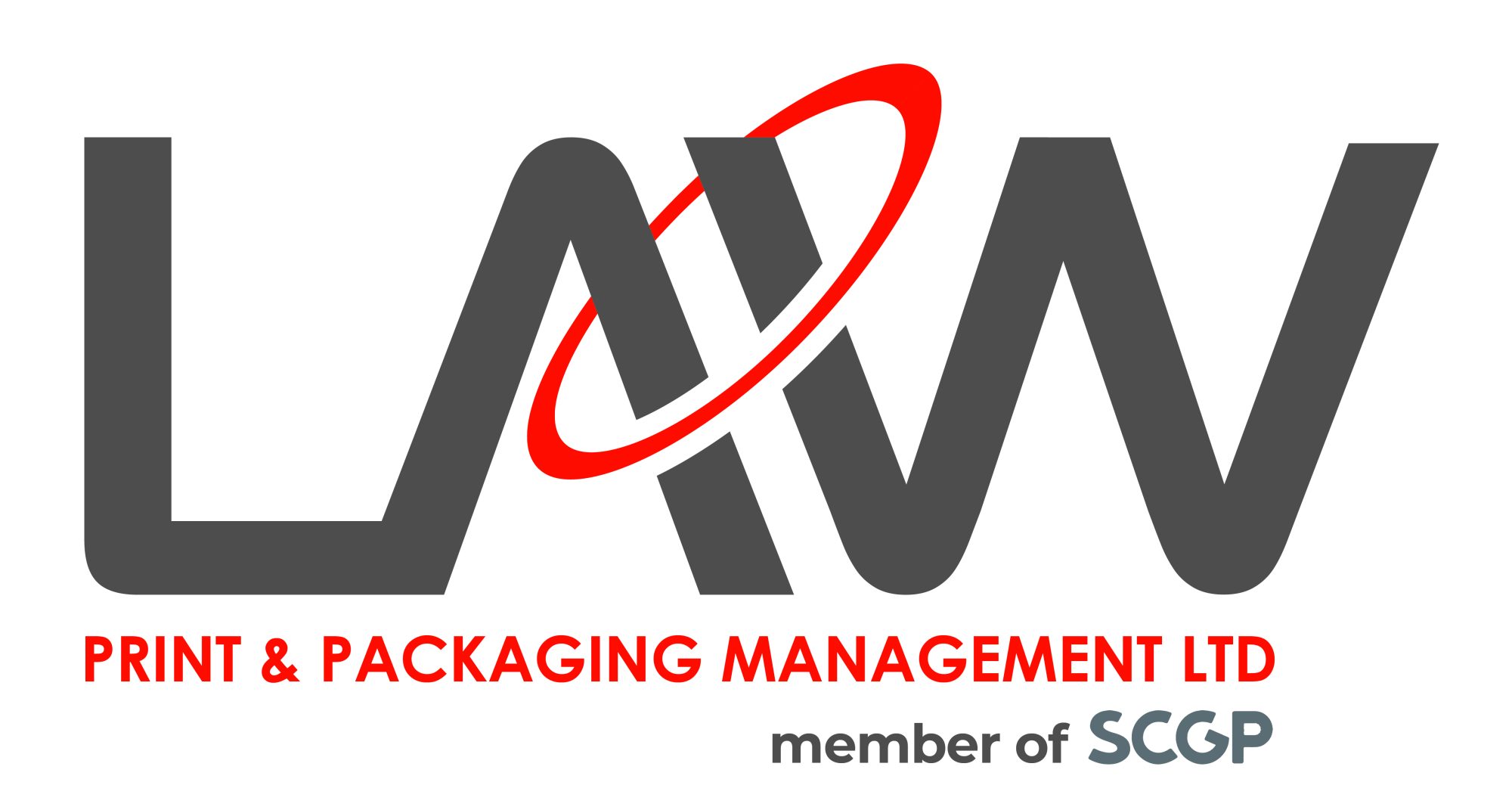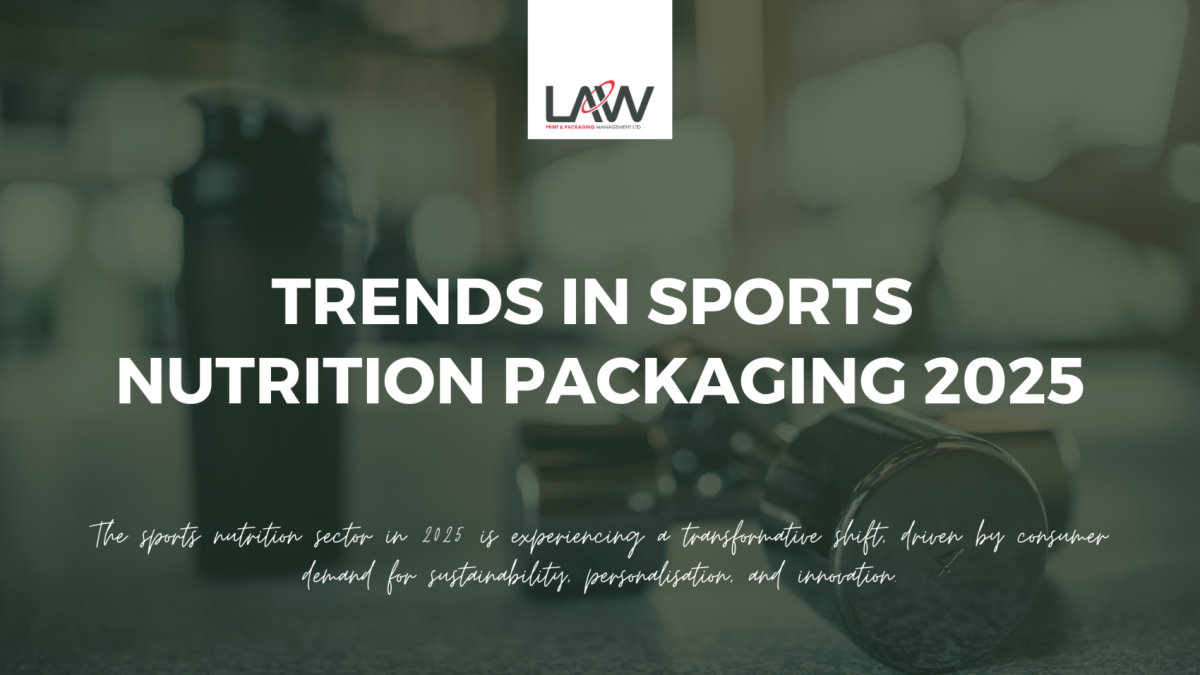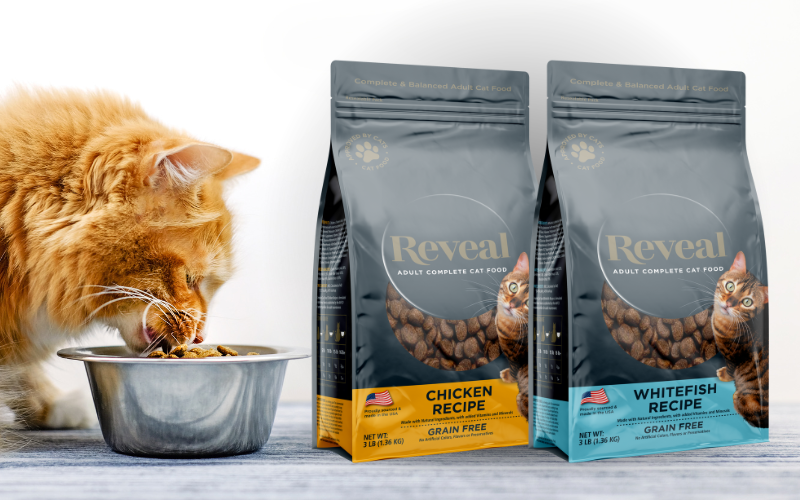The sports nutrition sector in 2025 is experiencing a transformative shift, driven by consumer demand for sustainability, personalisation, and innovation.
Packaging plays a pivotal role in this evolution, serving not only as a protective barrier but also as a medium for brand storytelling and consumer engagement.
Therefore, here’s an in-depth look at the key packaging trends reshaping the industry.
1. Sustainable Packaging
Environmental consciousness is at the forefront of packaging design. Brands are complementing traditional plastics with recyclable materials. Companies like MyProtein and Grenade Nutrition are leading the charge by reducing their carbon footprints through sustainable packaging solutions.
2. Smart Packaging: Enhancing Consumer Experience
As shown above, the integration of technology into packaging is enhancing user interaction and product freshness. Battery-free, stretchable, and autonomous smart packaging systems are being developed to monitor product quality in real-time. These systems can detect spoilage and release active compounds to extend shelf life, offering a futuristic approach to product preservation.
3. Personalisation and Convenience
Consumers are seeking products that cater to their individual health and fitness goals. Packaging formats are evolving to offer convenience and customisation, such as single-serve stick packs, portable pouches, and personalised dosage levels. This trend reflects a broader move towards personalised nutrition, where packaging serves as a tool for delivering tailored health solutions.
4. Transparency and Clean Labels
With increasing consumer awareness, there’s a demand for transparency in ingredient sourcing and product formulation. Clean-label packaging, free from artificial additives and allergens, is becoming the standard. Brands are providing detailed nutritional information and sourcing practices on packaging to foster trust and meet consumer expectations.
5. Interactive Packaging: Engaging the Digital Consumer
Chiefly, the rise of digital technology has led to the incorporation of interactive elements in packaging. QR codes and NFC-enabled labels allow consumers to access detailed product information, track product origins, and engage with brand content. This digital interaction not only informs but also enhances the overall consumer experience.
6. Minimalist and Functional Design
Concurrently, packaging design is shifting towards minimalist aesthetics, focusing on clean lines, bold typography, and functional layouts. This design philosophy emphasises clarity and ease of use, aligning with consumer preferences for straightforward and efficient packaging.
7. Regulatory Compliance: Meeting Global Standards
As global health concerns rise, regulatory bodies are implementing stricter labelling requirements. For instance, the World Health Organisation has proposed guidelines for front-of-package nutritional labelling to aid consumers in making healthier choices. Brands must adapt their packaging to comply with these regulations, ensuring transparency and consumer safety.
As a result, the sports nutrition packaging landscape in 2025 is characterised by a convergence of sustainability, technology, and consumer-centric design. Brands that embrace these trends are not only enhancing their product offerings but also building stronger connections with their environmentally conscious and health-focused consumers. As the industry continues to evolve, packaging will remain a critical component in delivering value and innovation to the market.
Looking to invest in sustainable packaging? We’ll support you every step of the way — from strategy to implementation. Along the journey, we’ll offer tailored recommendations to boost efficiency, lower costs, and unlock added value in your final product.
Contact us on +44 (0) 161 440 7302. Alternatively, follow this link to complete our contact form.


